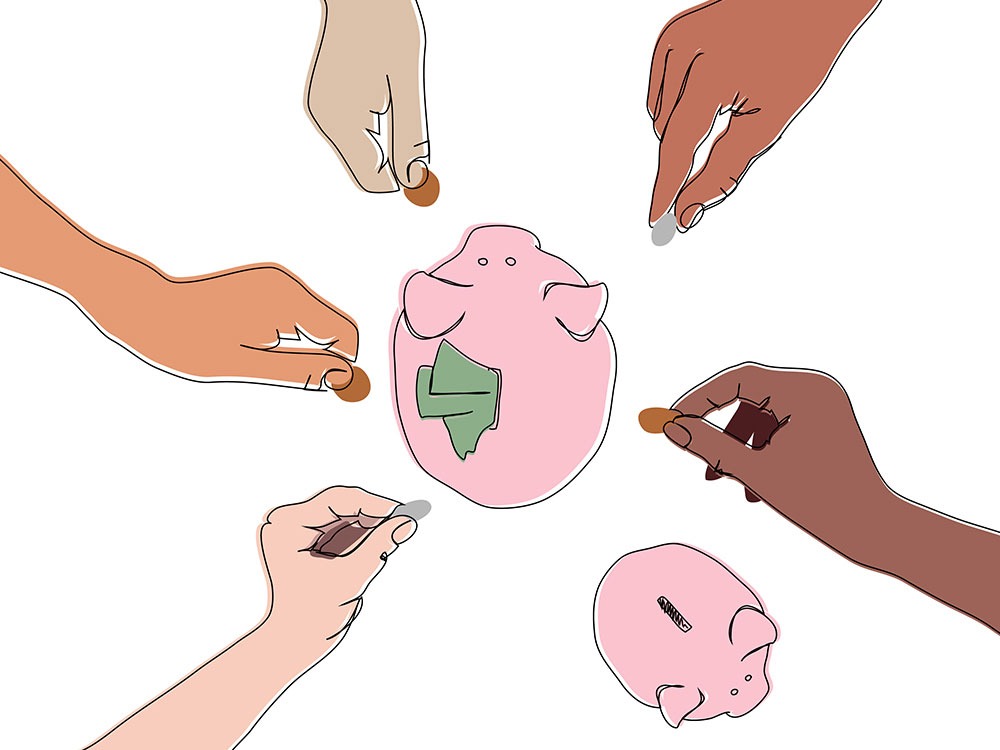
October 19, 2020; Investopedia
You are weeks away from #GivingTuesday, and you’re still trying to wrap your head around what your organization should do. You need to fundraise. You need something to motivate your supporters. You need to show appreciation for your donors. How can you do all this in one day? Your most enthusiastic supporters do not necessarily equate to your major donors. So how can you engage these individuals on Giving Tuesday?
A crowdfunding campaign.
This fundraising tool can help you connect with your community and work with them toward a common goal. Research has shown that on average over 50 percent of people who receive an email about a crowdfunding campaign, donate. Imagine, then, how the math works when your donors are helping in making the ask. It is this capacity for self-organizing that makes some campaigns take off and distinguish themselves.
As shared in a previous Nonprofit Quarterly article, GoFundMe is one of the best-known crowdfunding sites for nonprofits with more than $9 billion raised on the platform from over 120 million donations. Additionally, unlike other crowdfunding sites, there is no fundraising timeline or set time limit in which nonprofits have to raise their desired financial goal.
Sign up for our free newsletters
Subscribe to NPQ's newsletters to have our top stories delivered directly to your inbox.
By signing up, you agree to our privacy policy and terms of use, and to receive messages from NPQ and our partners.
Other crowdfunding platforms include:
No matter which type of crowdfunding platform you select, #GivingTuesday gives you an opportunity to invite your donors, along with their family, friends, and colleagues, to share about the causes they are passionate about as they switch their sights from holiday shopping to give back in a social and celebratory way.
Here are some established strategies that you can implement if you decide to launch a crowdfunding campaign for the giving season:
- Plan ahead. We are six weeks away from #GivingTuesday, so set your goals and devise a strategy to promote your fundraising page so you’re ready when Giving Tuesday arrives.
- Upload visuals. Create eye-catching visuals to attract donors and help them develop or remember emotional ties to your cause.
- Tell your story. Craft your story that includes the impact that donors’ support will have.
- Keep donors in the loop. Frequently update supporters and donors on your campaign’s progress.
- Create giving levels. Offer suggested donation amounts and explain what that amount will go towards.
- Show gratitude. Show your supporters that you care by shouting them out on social media, creating a thank-you video, or sending a handwritten card.
Assuming donors are looking for causes to donate to on Giving Tuesday, a crowdfunding campaign is a great way to inspire them to inspire one another and share the stories that make an organization’s mission come to life. This is how supportive communities are built. One additional point: Do not look at this as a one-and-done campaign. Once donors have given, all the engagement strategies you use in that original contact need to be retained for your base to build year over year.—Deidre Fraser













